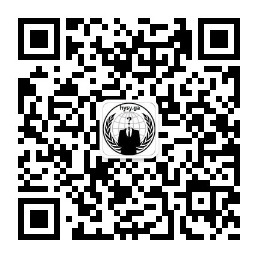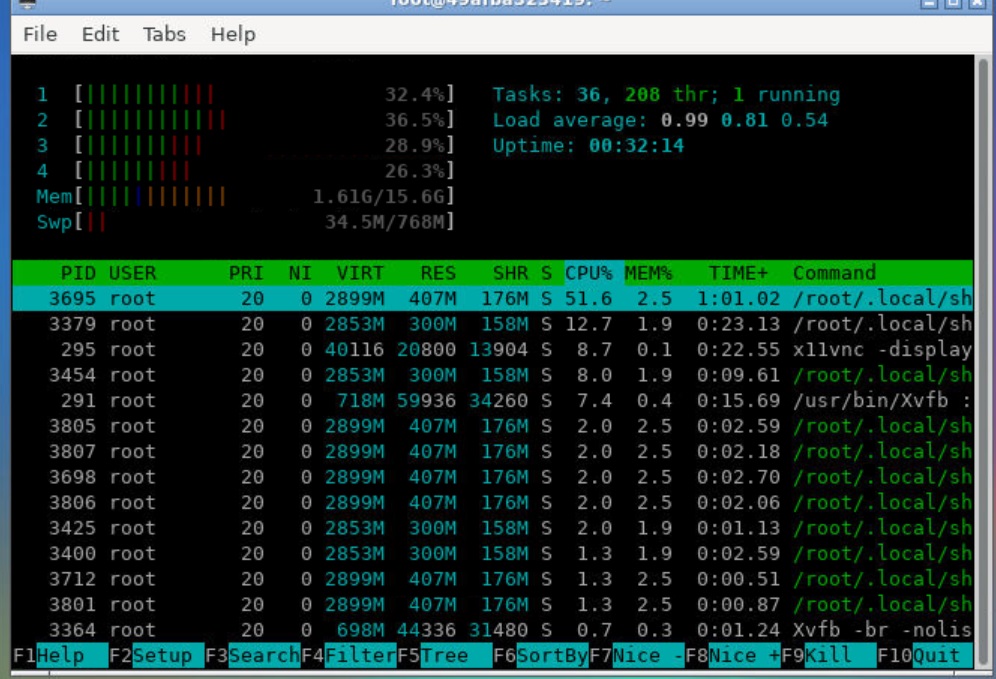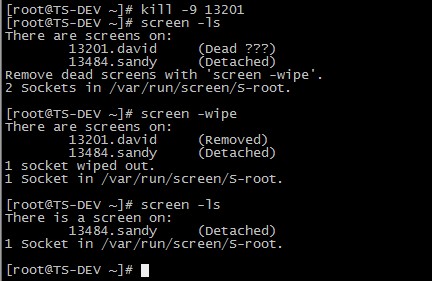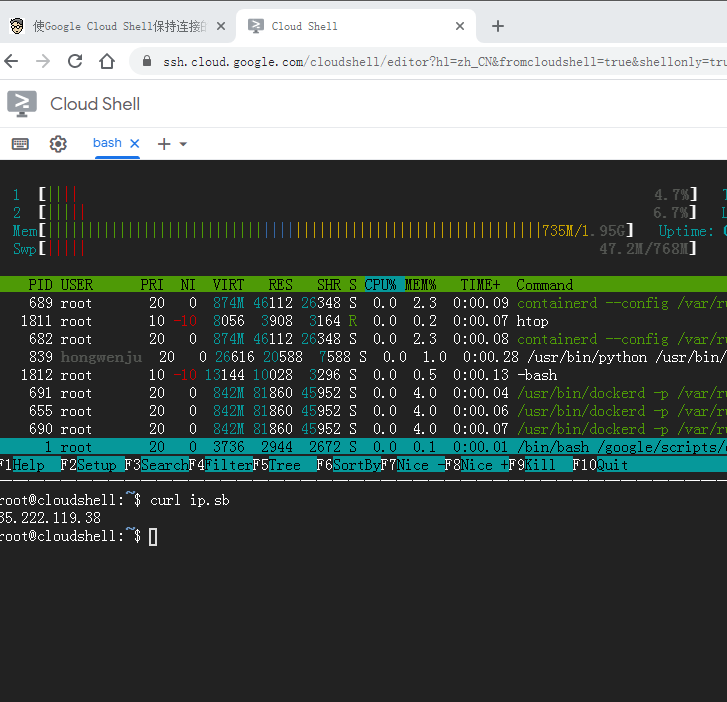The traceroute command maps the journey that a packet of information undertakes from its source to its destination. One use for traceroute is to locate when data loss occurs throughout a network, which could signify a node that’s down.
Because each hop in the record reflects a new server or router between the originating PC and the intended target, reviewing the results of a traceroute scan identifies slow points that may adversely affect your network traffic.
:max_bytes(150000):strip_icc():format(webp)/traceroute-linux-command-4092586-v4-5c10452a46e0fb0001b697ee.png)
:max_bytes(150000):strip_icc():format(webp)/traceroute-linux-command-4092586-v4-5c10452a46e0fb0001b697ee.png)
The traceroute syntax and other information described below is applicable to Linux machines only. Traceroute is used differently in Windows.
How Traceroute Works
Evaluating the specific route that network traffic follows (or finding the miscreant gateway that’s discarding your packets) presents several troubleshooting challenges. Traceroute uses the IP protocol time to live field to solicit an ICMP TIME_EXCEEDED response from each gateway along the path to a destination host.
The only parameter you must include when you execute the traceroute command is the host name or IP address of the destination.
Traceroute Syntax and Switches
Traceroute follows the following general syntax:
traceroute [ -dFInrvx ] [ -f first_ttl ] [ -g gateway ] [ -i iface ] [ -m max_ttl ] [ -p port ] [ -q nqueries ] [ -s src_addr ] [ -t tos ] [ -w waittime ] [ -z pausemsecs ] host [ packetlen ]
The performance or output of the command can be changed by specifying one or more optional switches.
| Traceroute Command Switches | |
|---|---|
| Switch | Explanation |
| -f | Set the initial time-to-live used in the first outgoing probe packet. |
| -F | Set the “don’t fragment” bit. |
| -d | Enable socket level debugging. |
| -g | Specify a loose source route gateway (8 maximum). |
| -i | Specify a network interface to obtain the source IP address for outgoing probe packets. This is normally only useful on a multi-homed host. (See the -s flag for another way to do this.) |
| -I | Use ICMP ECHO instead of UDP datagrams. |
| -m | Set the max time-to-live (max number of hops) used in outgoing probe packets. The default is 30 hops (the same default used for TCP connections). |
| -n | Print hop addresses numerically rather than symbolically and numerically (saves a nameserver address-to-name lookup for each gateway found on the path). |
| -p | Set the base UDP port number used in probes (default is 33434). Traceroute hopes that nothing is listening on UDP ports base to base + nhops – 1 at the destination host (so an ICMP PORT_UNREACHABLE message will be returned to terminate the route tracing). If something is listening on a port in the default range, this option can be used to pick an unused port range. |
| -r | Bypass the normal routing tables and send directly to a host on an attached network. If the host is not on a directly attached network, an error is returned. This option can be used to ping a local host through an interface that has no route through it (e.g., after the interface was dropped by routed(8C)). |
| -s | Use the following IP address (which usually is given as an IP number, not a hostname) as the source address in outgoing probe packets. On multi-homed hosts (those with more than one IP address), this option can be used to force the source address to be something other than the IP address of the interface the probe packet is sent on. If the IP address is not one of this machine’s interface addresses, an error is returned and nothing is sent. (See the -i flag for another way to do this.) |
| -t | Set the type-of-service in probe packets to the following value (default zero). The value must be a decimal integer in the range 0 to 255. This option can be used to see if different types-of-service result in different paths. (If you are not running 4.4bsd, this may be academic, since the normal network services like telnet and ftp don’t let you control the TOS.) Not all values of TOS are legal or meaningful—see the IP spec for definitions. Useful values are probably `-t 16‘ (low delay) and `-t 8‘ (high throughput). |
| -v | Verbose output. Received ICMP packets other than TIME_EXCEEDED and UNREACHABLEs are listed. |
| -w | Set the time (in seconds) to wait for a response to a probe (default 5 sec.). |
| -x | Toggle IP checksums. Normally, this prevents traceroute from calculating IP checksums. In some cases, the operating system can overwrite parts of the outgoing packet but not recalculate the checksum; thus, in some cases the default is to not calculate checksums and using -x causes them to be calculated. Note that checksums are usually required for the last hop when using ICMP ECHO probes (-I), so they are always calculated when using ICMP. |
| -z | Set the time (in milliseconds) to pause between probes (default 0). Some systems such as Solaris and routers from Cisco, rate limit icmp messages. A good value to use with this is 500 (e.g., 1/2 second). |
Interpreting the Results
Traceroute outlines the path an IP packet follows to an internet host by launching UDP probe packets with a small TTL then listening for an ICMP “time exceeded” reply from a gateway. Start probes with a TTL of one and increase by one until you get an ICMP “port unreachable” (which means the packet arrived at its destination) or hit a max value of attempts, which defaults to 30 hops and can be changed with the -m flag.
When traceroute executes, it sends three probes at each TTL setting and then prints a line to the console showing the TTL, the address of the gateway, and the round-trip time of each probe. If the probe answers come from different gateways, the address of each responding system prints. If there is no response within a five-second timeout interval (changed with the -w flag), an asterisk is printed for that probe.
To preclude the destination host from being overwhelmed by UDP probe-packet processing, the destination port is set to a value unlikely to be used by that device. If a network or service at the destination uses that port, change the value using the -p flag.
A sample use and output will return results similar to this example:
[yak 71]% traceroute nis.nsf.net.
traceroute to nis.nsf.net (35.1.1.48), 30 hops max, 38 byte packet
1 helios.ee.lbl.gov (128.3.112.1) 19 ms 19 ms 0 ms
2 lilac-dmc.Berkeley.EDU (128.32.216.1) 39 ms 39 ms 19 ms
3 lilac-dmc.Berkeley.EDU (128.32.216.1) 39 ms 39 ms 19 ms
4 ccngw-ner-cc.Berkeley.EDU (128.32.136.23) 39 ms 40 ms 39 ms
5 ccn-nerif22.Berkeley.EDU (128.32.168.22) 39 ms 39 ms 39 ms
6 128.32.197.4 (128.32.197.4) 40 ms 59 ms 59 ms
7 131.119.2.5 (131.119.2.5) 59 ms 59 ms 59 ms
8 129.140.70.13 (129.140.70.13) 99 ms 99 ms 80 ms
9 129.140.71.6 (129.140.71.6) 139 ms 239 ms 319 ms
10 129.140.81.7 (129.140.81.7) 220 ms 199 ms 199 ms
11 nic.merit.edu (35.1.1.48) 239 ms 239 ms 239 ms
The second and third lines are the same. This outcome relates to a buggy kernel on the second hop system—lbl-csam.arpa—that forwards packets with a zero TTL (a bug in the distributed version of 4.3 BSD). You must guess what path the packets are taking cross-country since the NSFNet (129.140) doesn’t supply address-to-name translations for its NSSes.
A more interesting example is:
[yak 72]% traceroute allspice.lcs.mit.edu.
traceroute to allspice.lcs.mit.edu (18.26.0.115), 30 hops max
1 helios.ee.lbl.gov (128.3.112.1) 0 ms 0 ms 0 ms
2 lilac-dmc.Berkeley.EDU (128.32.216.1) 19 ms 19 ms 19 ms
3 lilac-dmc.Berkeley.EDU (128.32.216.1) 39 ms 19 ms 19 ms
4 ccngw-ner-cc.Berkeley.EDU (128.32.136.23) 19 ms 39 ms 39 ms
5 ccn-nerif22.Berkeley.EDU (128.32.168.22) 20 ms 39 ms 39 ms
6 128.32.197.4 (128.32.197.4) 59 ms 119 ms 39 ms
7 131.119.2.5 (131.119.2.5) 59 ms 59 ms 39 ms
8 129.140.70.13 (129.140.70.13) 80 ms 79 ms 99 ms
9 129.140.71.6 (129.140.71.6) 139 ms 139 ms 159 ms
10 129.140.81.7 (129.140.81.7) 199 ms 180 ms 300 ms
11 129.140.72.17 (129.140.72.17) 300 ms 239 ms 239 ms
12 * * *
13 128.121.54.72 (128.121.54.72) 259 ms 499 ms 279 ms
14 * * *
15 * * *
16 * * *
17 * * *
18 ALLSPICE.LCS.MIT.EDU (18.26.0.115) 339 ms 279 ms 279 ms
Note that the gateways at 12, 14, 15, 16, and 17 hops away either don’t send ICMP “time exceeded” messages or send them with a TTL too small to reach us. Lines 14 through 17 are running the MIT C Gateway code that doesn’t send “time exceeded” messages.
The silent gateway 12 in the above example may be the result of a bug in the 4.[23]BSD network code and its derivatives: Machines running 4.3 code and earlier send an unreachable message using whatever TTL remains in the original datagram. For gateways, the remaining TTL is zero, the ICMP “time exceeded” is guaranteed to not make it back to us. The behavior of this bug is slightly more interesting when it appears on the destination system:
1 helios.ee.lbl.gov (128.3.112.1) 0 ms 0 ms 0 ms
2 lilac-dmc.Berkeley.EDU (128.32.216.1) 39 ms 19 ms 39 ms
3 lilac-dmc.Berkeley.EDU (128.32.216.1) 19 ms 39 ms 19 ms
4 ccngw-ner-cc.Berkeley.EDU (128.32.136.23) 39 ms 40 ms 19 ms
5 ccn-nerif35.Berkeley.EDU (128.32.168.35) 39 ms 39 ms 39 ms
6 csgw.Berkeley.EDU (128.32.133.254) 39 ms 59 ms 39 ms
7 * * *
8 * * *
9 * * *
10 * * *
11 * * *
12 * * *
13 rip.Berkeley.EDU (128.32.131.22) 59 ms ! 39 ms ! 39 ms !
Notice that there are 12 “gateways” (13 is the final destination), and the last half of them are missing. What’s really happening is that the server named rip (a Sun-3 running Sun OS 3.5) is using the TTL from our arriving datagram as the TTL in its ICMP reply. So, the reply will time out on the return path (with no notice sent to anyone since ICMPs aren’t sent for ICMPs) until we probe with a TTL that’s at least twice the path length—in other words, rip is really only seven hops away.
A reply that returns with a TTL of 1 is a clue this problem exists. Traceroute prints a ! after the time if the TTL is less than or equal to 1. Since vendors ship a lot of obsolete (DEC’s Ultrix, Sun 3.x) or non-standard (HPUX) software, expect to see this problem frequently and take care picking the target host of your probes.
Other possible annotations after the time are !H, !N, or !P (host, network, or protocol unreachable), !S (source route failed), !F- (fragmentation needed—the RFC1191 Path MTU Discovery value is displayed), !X (communication administratively prohibited), !V (host precedence violation), !C (precedence cutoff in effect), or ! (ICMP unreachable code). These codes are defined by RFC1812, which supersedes RFC1716. If almost all the probes result in some kind of unreachable host, traceroute will give up and exit.
未经允许不得转载:萌萌guo angline - Apprentissage » linux traceroute command



 linux一键中文脚本
linux一键中文脚本 google shell启用增强模式4核16G内存
google shell启用增强模式4核16G内存 Tmux 使用教程
Tmux 使用教程 screen简易用法总结
screen简易用法总结 shell.cloud.google保持在线
shell.cloud.google保持在线 Linux内存清理
Linux内存清理
